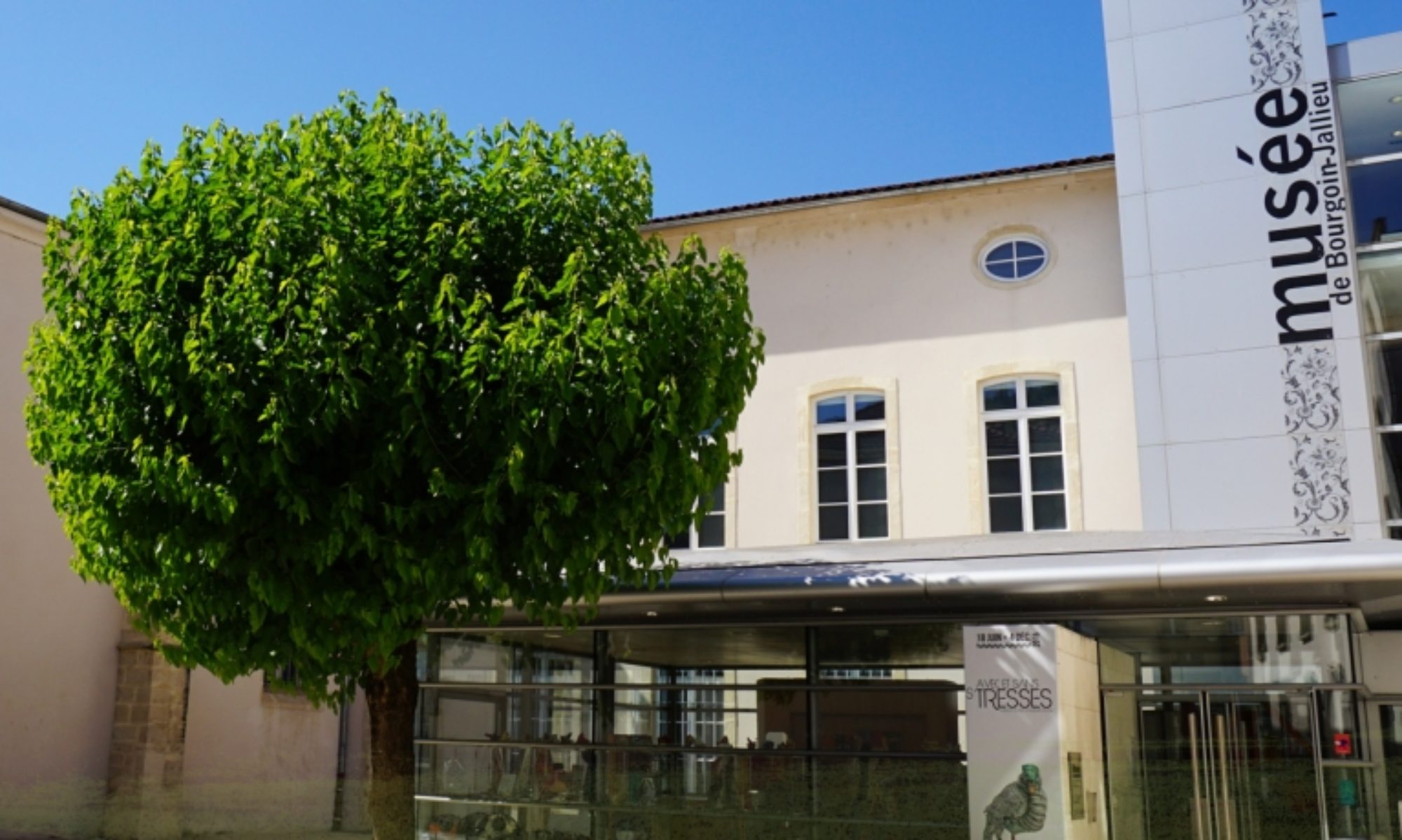You will recognize the block printers quite easily by their prominent wrist bones, the result of repeated hammering…
For more than 150 years, the technique of woodblock printing dominated the factories of the Rhône-Alpes region, relegating other techniques, such as cylinder or copper plate printing, to a lesser role. Long overshadowed by the luxurious wrought silks of Lyon, printed fabric gradually won over with its aesthetic and practical qualities.
Woodblock production
Several steps are necessary.
1-The sketch
This is the design that the manufacturer wants to transfer to the fabric. It is produced by a draftsman specialized in textile design and takes into account the printing process and the technical constraints (format, number of colors, level of detail, etc.).
2-The construction of the blocks
Woodblocks are produced by printing companies. They are composed of four or five wooden plates bonded with cross-wire to prevent warping. The engraved portion is made of pear-wood for its density, homogeneity and resistance to humidity. While their size is adapted to the needs of the pattern, they are generally between 25 and 30 cm for optimal accuracy and maneuverability.
The art of the tracer lies in reproducing the design by remaining as faithful as possible to its lines and colors, while also taking into account the technical and commercial constraints of its production. The design is divided into different tracings for each color. Each tracing is then transferring to the wood using lampblack and oil. Each block corresponds to one color, with the final pattern being a composite of several blocks.
4-Once the design is transferred, the blockcutter uses his gouges to carve the wood planks en épargne in relief to bring out the contours of the design. This delicate process, which sets the foundation for all subsequent steps, can require several days for a single block. Cutting techniques evolved over time and various techniques have made it possible to obtain a finer rendering, such as the inlaying of brass strips in the wood or the “plombine” lead technique, which makes it possible to print delicate patterns such as the black lines that form the outline of the drawing.
Printing
The detail blocks (known as “sertis”) are printed first, before the inlay blocks (“aplats”). To infuse the color into the fabric, the printer strikes the board with the handle of a small cast-iron mallet. He can also “tap the pear tree” directly with his fist. It takes a printer an average of one hour to print 30 meters of fabric with a single block.
After the color printing, the fabric is hung over the table to dry before being set and washed.
Two to three years of apprenticeship are necessary to become a printer and “have your own table”. The young worker learns the art of quality printing by observing and assisting his master.
Women, more commonly employed in printing than in cutting, often specialized in the printing of inlays or patterned fabrics that required delicacy and precision. Some had their own tables.
Musée Bourgoin-Jallieu : Impression planche par Bourgoinisere

